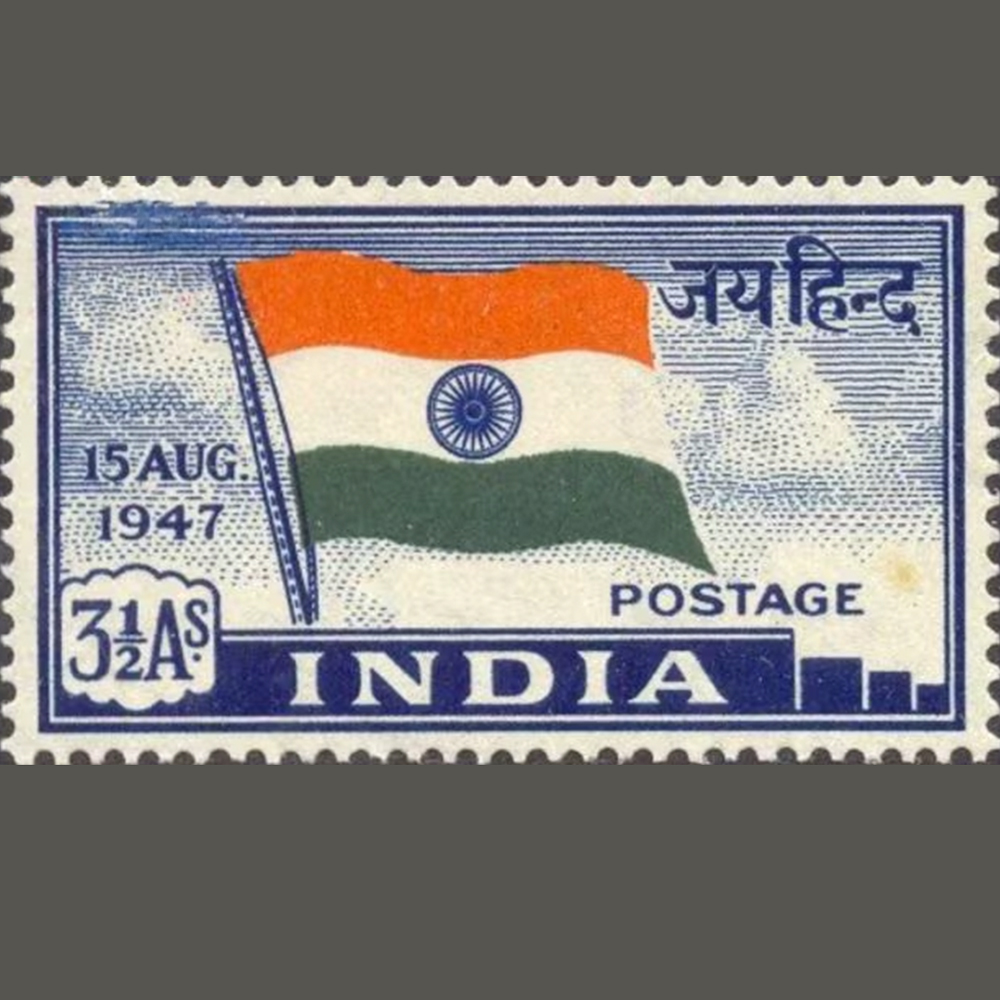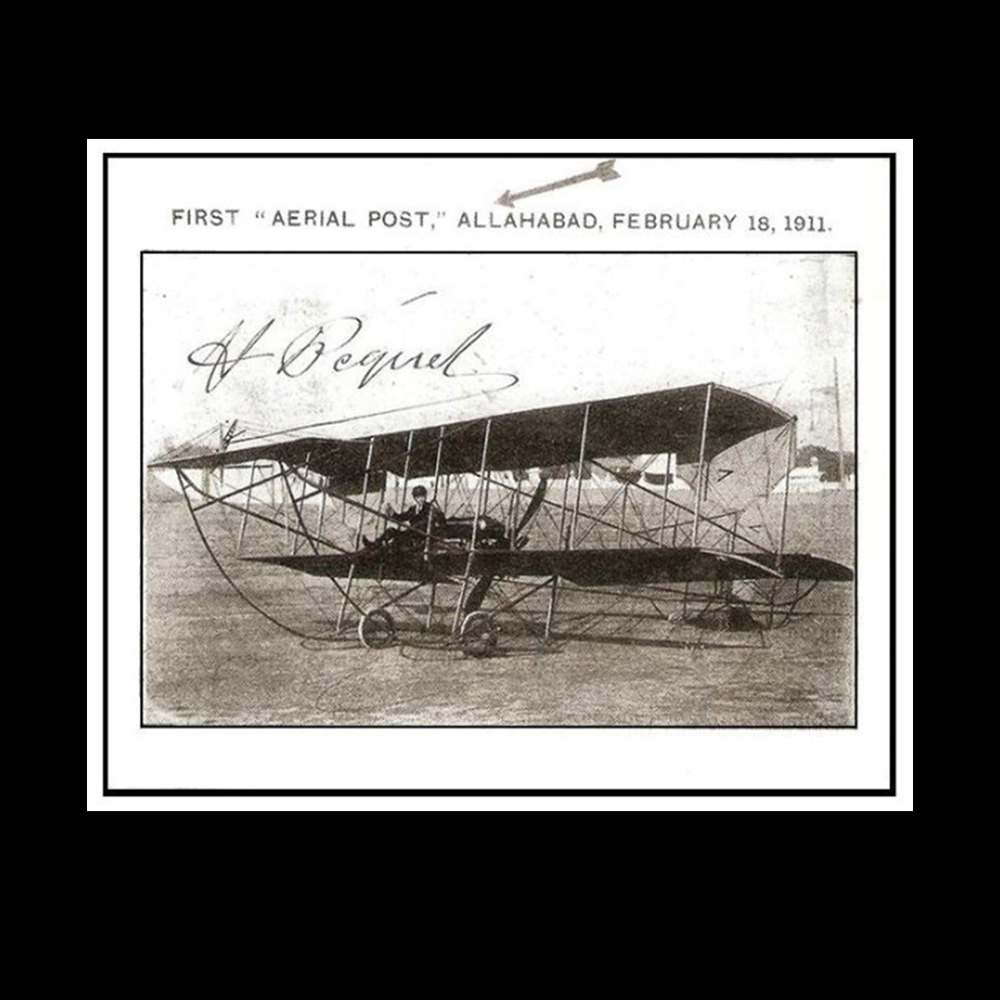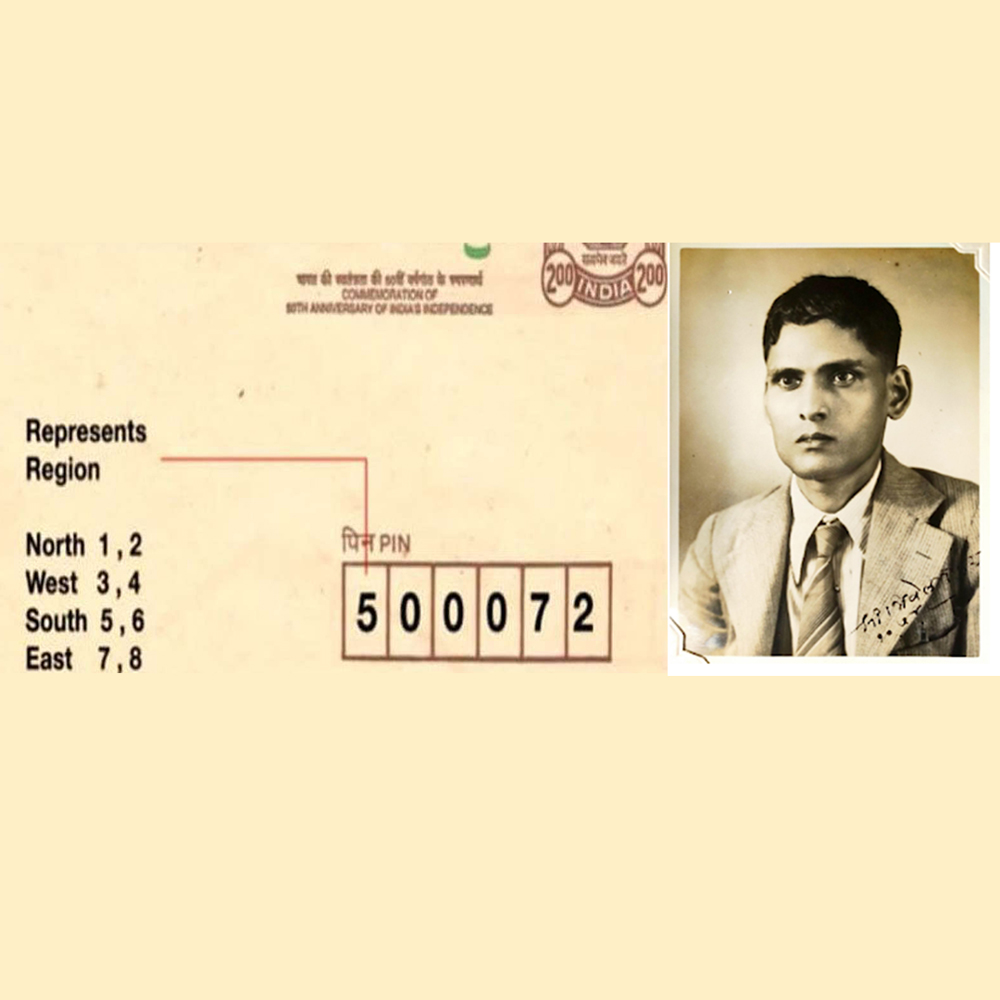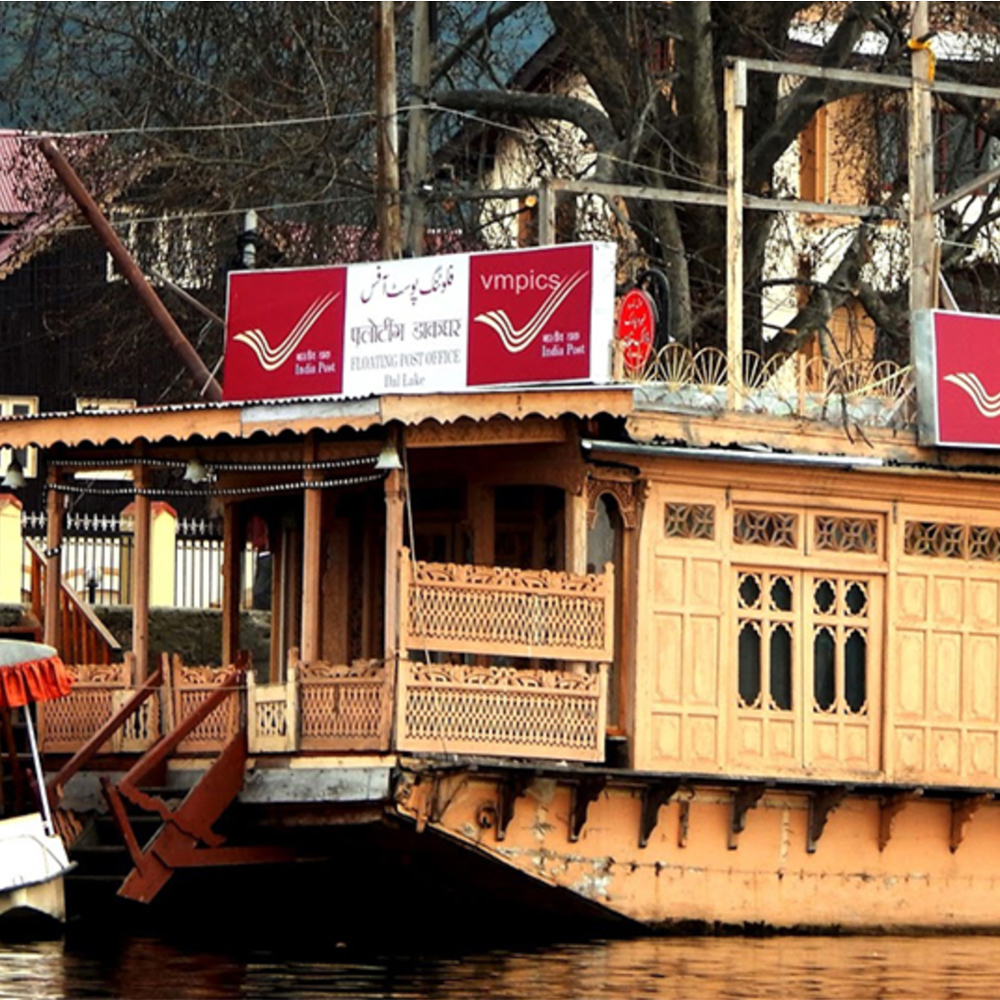In a world where text messages, memes, and emojis are all the rage, the term ‘post office’ can come across as old-fashioned. For some of us, it might spark a wave of nostalgia. After all, those iconic red letterboxes don’t mean as much in our lives these days, mostly serving practical purposes like identity verification and sending stamps for official paperwork. But today is World Post Day, celebrated every year on October 9!
Today is all about recognising the vital role the postal service plays in our lives and its significant contributions to the economy in many countries. World Post Day was officially announced back in 1969 at a Universal Postal Union (UPU) Congress in Tokyo, Japan, and it’s been celebrated worldwide ever since. Many countries, including India, use this occasion to introduce or promote new postal products and services.
The history of post offices in India goes back to the East India Company, which opened its first post office way back in 1727. Kolkata’s General Post Office (GPO), established in 1774 by Warren Hastings, the Governor-General of Bengal, is India’s very first GPO.

India saw its first postage stamps in 1852, introduced in the Scinde district (also known as Scinde Dawk) by Sir Bartle Frere, who was an administrator for the British East India Company. Interestingly, Chandragupta Maurya was the first Indian Emperor to appear on a postal stamp during the pre-independence era. After India gained independence, the first postal stamp was issued on 21st November 1947, featuring the national flag. And guess who was the first person to appear on a stamp of independent India 1948? That’s right, Mahatma Gandhi!

Did you know India also has the highest post office in the world? It’s located in Hikkim, a village in the Spiti and Lahaul District of Himachal Pradesh, sitting at a staggering 15,500 feet (4,700 metres) above sea level. Opened in 1983, this post office serves about 150 villagers and closes for six months each year due to heavy snowfall. During the months it’s open, two mail runners make the daily journey to deliver mail to Kaza.
India was the first country in the Commonwealth to issue airmail stamps. The world’s first airmail flight took off in India on February 18, 1911, when French pilot Henri Pequet carried around 6,000 letters and postcards in his Humber biplane. The flight covered just five miles, from an Allahabad polo field over the Yamuna River to Naini, marking a significant moment in postal history.

In 1894, Cochin stamps featuring the state’s kings were recognised in an international competition, coming in second for being the most colourful. More recently, Mr Ramesh Kumar, president of the Goa Philately and Numismatics Society, won a silver medal for his exhibit on Cochin State Postal History at the PCI National Stamp Show – INPEX 2019 in Mumbai.
The Postal Index Number (PIN) code system, a unique six-digit code for post offices, was introduced in India on August 15, 1972 by Shriram Bhikaji Velankar. Today, India boasts the largest postal network in the world, with 154,939 post offices as of March 31, 2015. However, due to the rise of digital services, some traditional services, like telegrams (which ended in 2013) and money orders (which ended in 2015), have been phased out.

India also has the only floating post office in the world, located on Dal Lake in Srinagar. Introduced in August 2011, this unique post office operates from a beautifully carved houseboat, adding to the charm of the area.

Here’s another fun fact: India set up its first post office outside its territory in Antarctica! Located in Dakshin Gangotri, this post office started operating on February 24, 1984 during India’s third expedition to Antarctica, processing around 10,000 letters in its first year!
Lastly, India has made great strides in gender equality with the establishment of its first all-women post office, located at Shastri Bhawan in New Delhi. How wonderful is that?